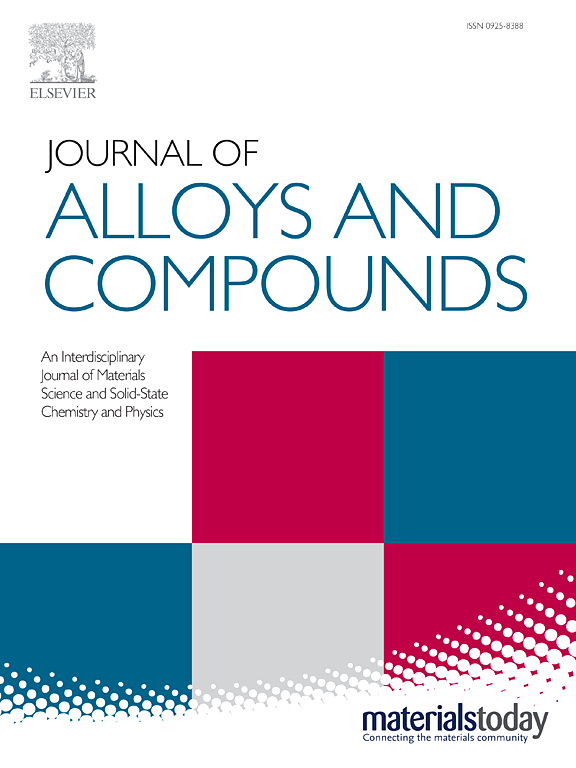Effects of Nb doping and crystal symmetry on the structural stability and mechanical properties at U-Nb twin boundaries
IF 5.8
2区 材料科学
Q2 CHEMISTRY, PHYSICAL
引用次数: 0
Abstract
Uranium is commonly alloyed with transition metals such as Nb, Zr, and Mo to improve mechanical properties and corrosion resistance. Among them, U-Nb alloys possess a well-rounded combination of mechanical properties. The unique properties of U-Nb alloys are closely related to their metastable monoclinic phase structure and twin boundary (TB) mediated deformation mechanism. Recent low-temperature U-Nb aging experiments have revealed that significant changes in strength and ductility are induced by the perturbation of solute atoms and TB microstructure at extremely fine scales (<3 nm). These phenomena pose challenges for conventional experimental characterization methods, limiting a fundamental understanding of the correlation between atomic-scale microstructural evolution and the degradation of mechanical behavior in U-Nb alloys. This study employed first-principles density functional theory (DFT) calculations to systematically investigate the effects of Nb doping and crystal symmetry on structural stability and mechanical properties of U-Nb {130} TBs, including surface energy, twin boundary energy, segregation energy, strengthening/embrittling energy, maximum tensile strength, and elongation. The results show that the monoclinic α’’-U {130} twin structures exhibit enhanced structural stability along with a higher propensity of twin formation compared with the orthorhombic α-U {130} twin structures. Furthermore, the α’’-U {130} twin structures demonstrate a stronger tendency for atomic segregation that promotes TB strengthening, resulting in superior tensile strength and ductility. This study provides atomic-scale theoretical evidence to elucidate the intrinsic mechanism underlying twinning-modulated mechanical behavior in U-Nb alloys.
求助全文
约1分钟内获得全文
求助全文
来源期刊

Journal of Alloys and Compounds
工程技术-材料科学:综合
CiteScore
11.10
自引率
14.50%
发文量
5146
审稿时长
67 days
期刊介绍:
The Journal of Alloys and Compounds is intended to serve as an international medium for the publication of work on solid materials comprising compounds as well as alloys. Its great strength lies in the diversity of discipline which it encompasses, drawing together results from materials science, solid-state chemistry and physics.
 求助内容:
求助内容: 应助结果提醒方式:
应助结果提醒方式:


